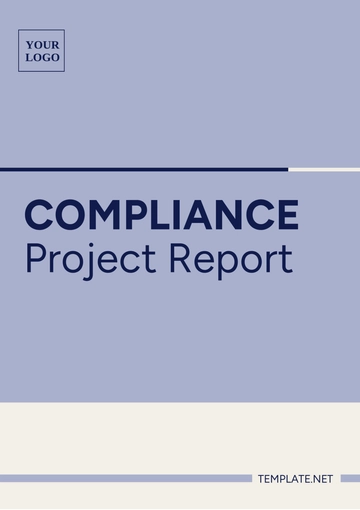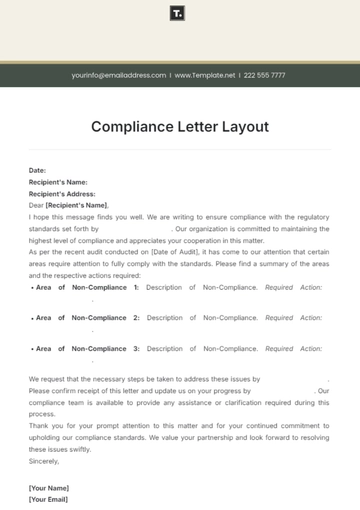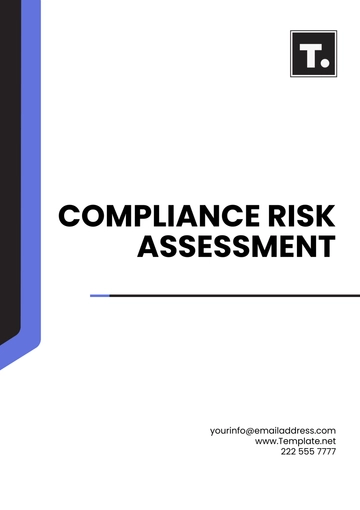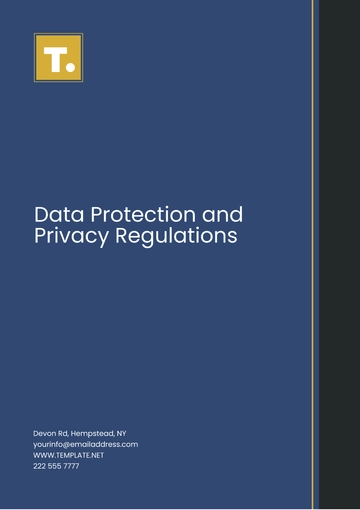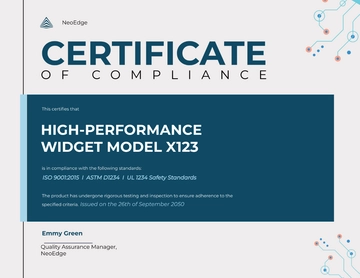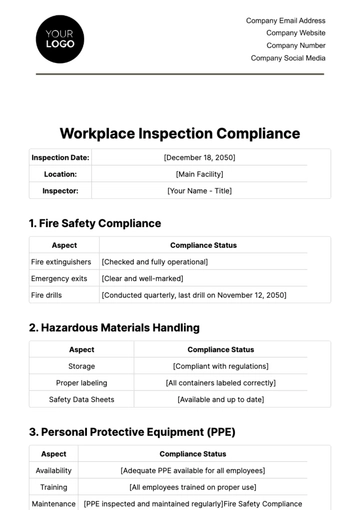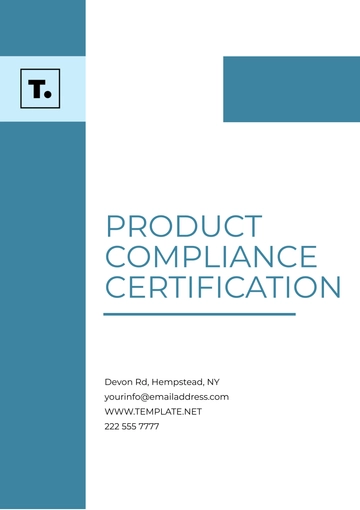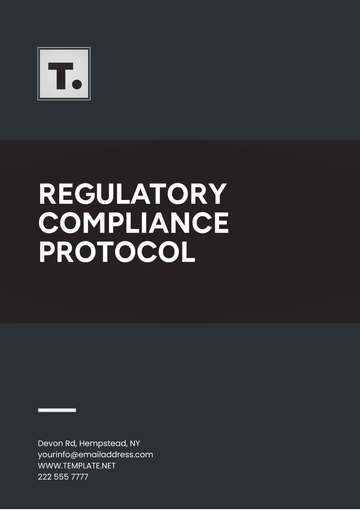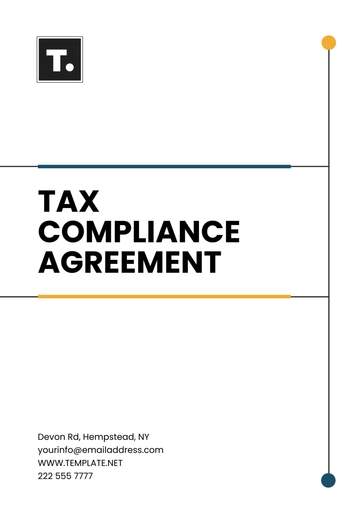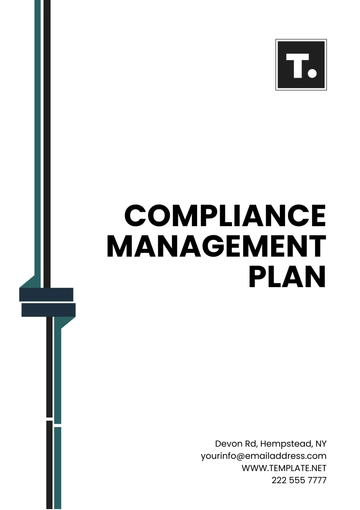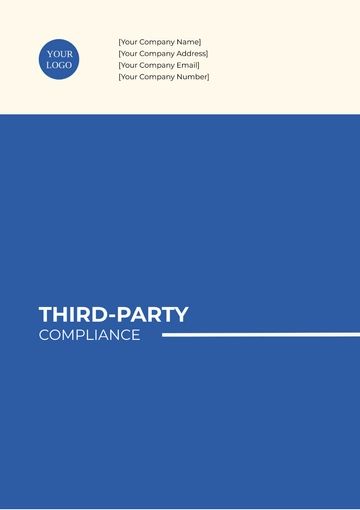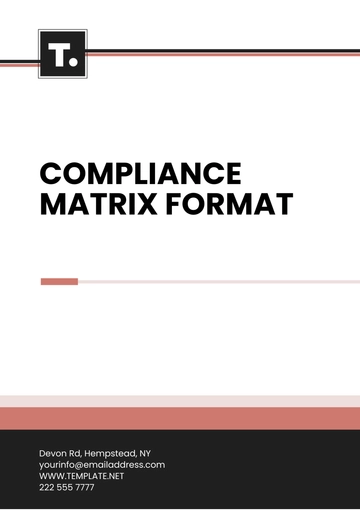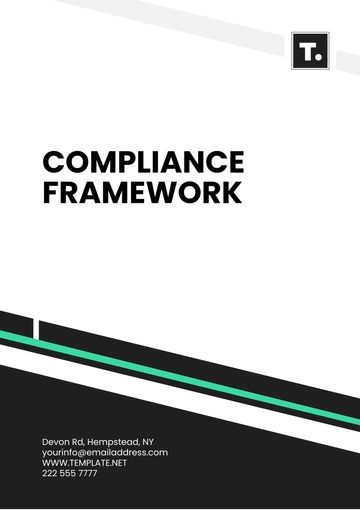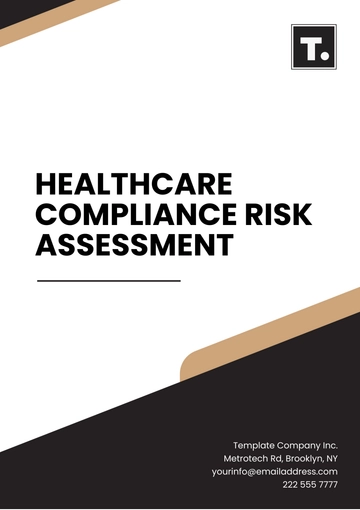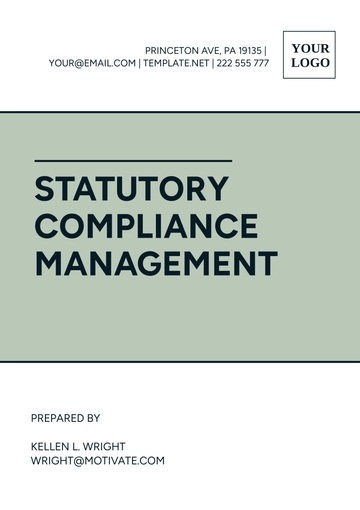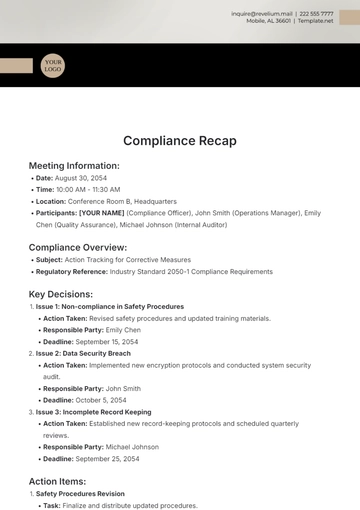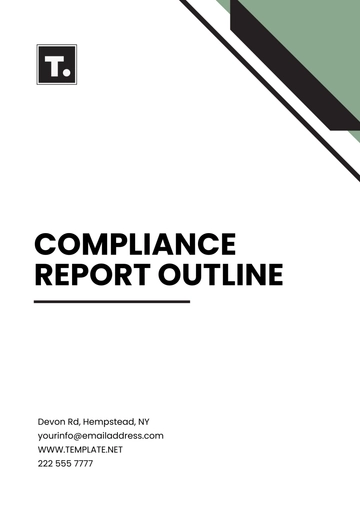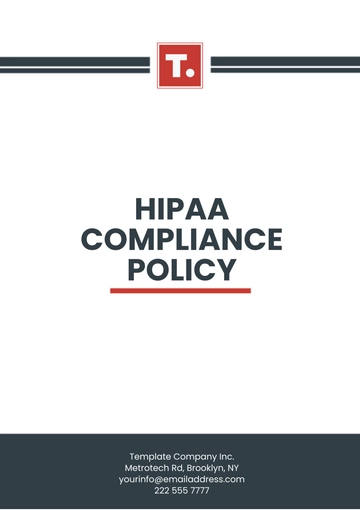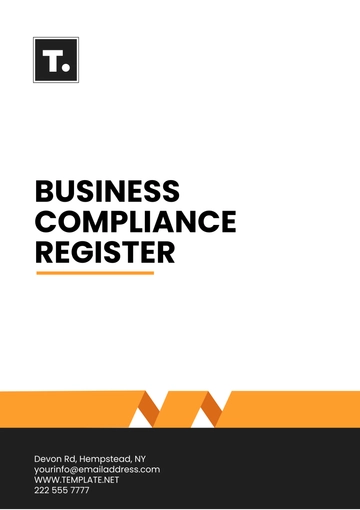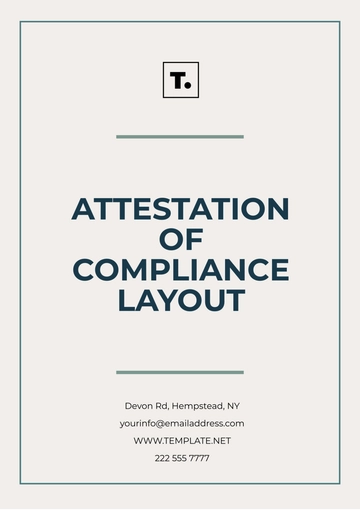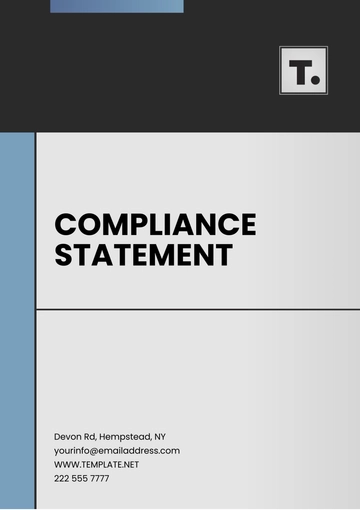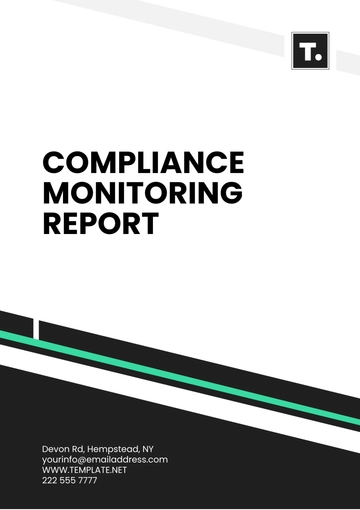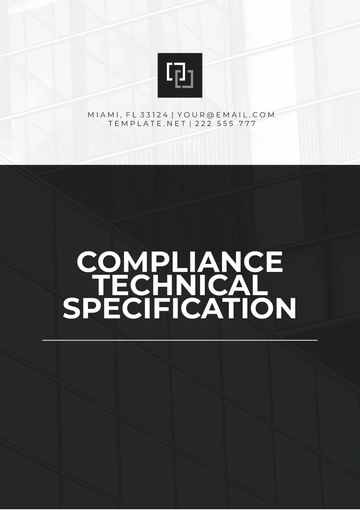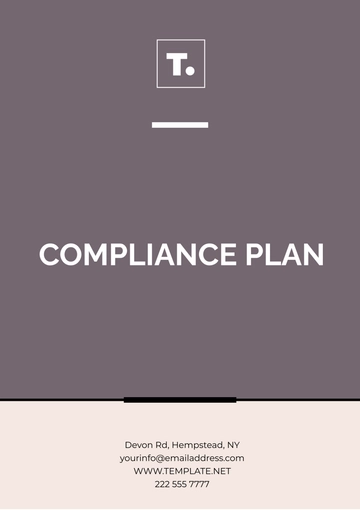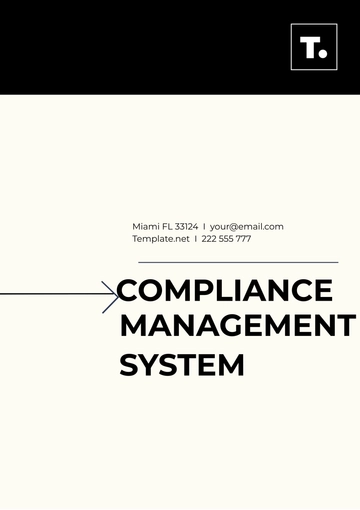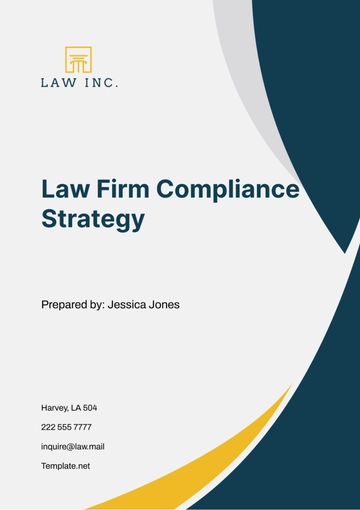Free Simple Regulatory Compliance
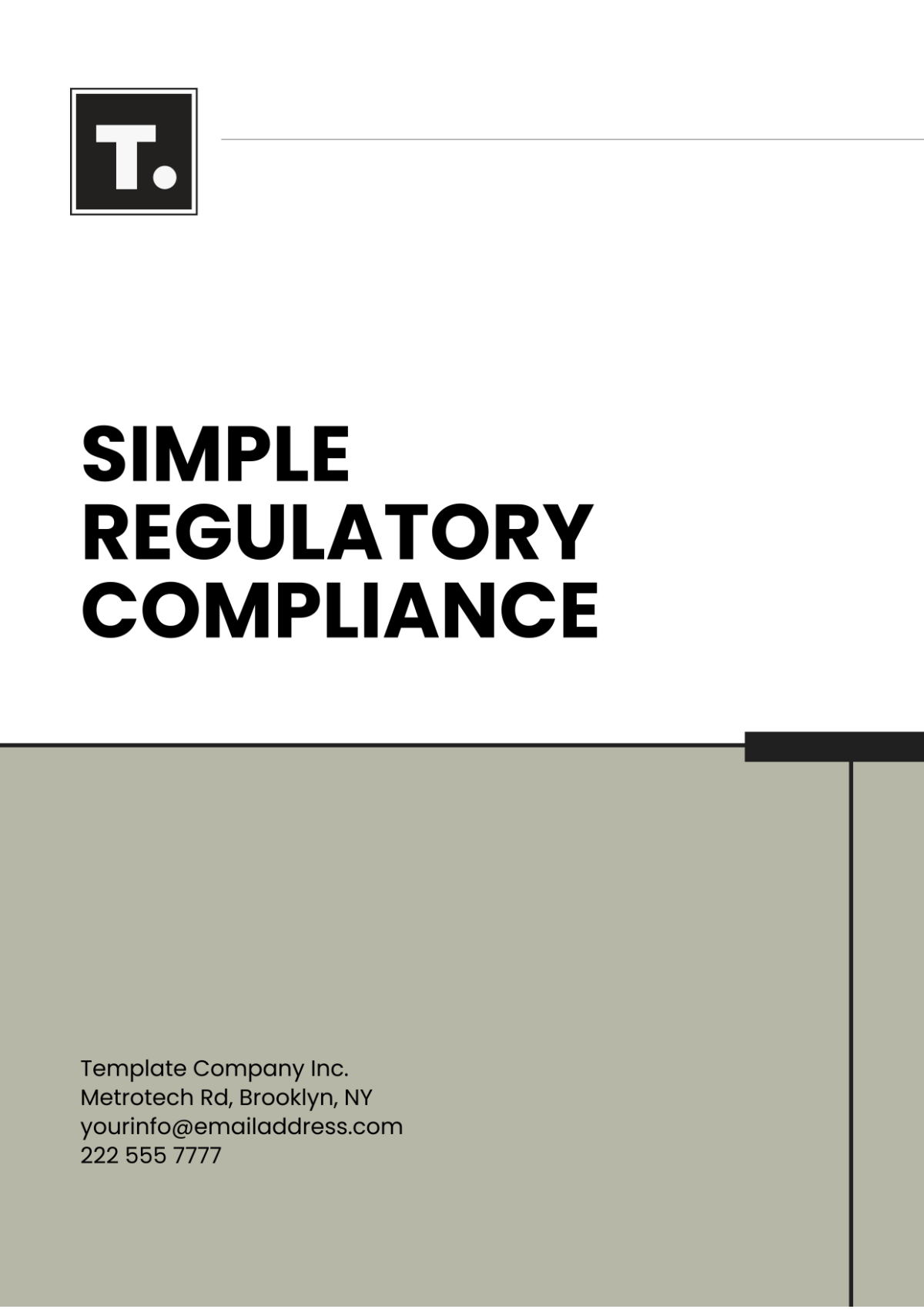
Date: September 25, 2050
I. Introduction
This Simple Regulatory Compliance document outlines the principles and procedures that [Your Company Name] follows to ensure the proper handling of personal data in accordance with relevant laws and regulations. Protecting personal data is essential not only for legal compliance but also for maintaining the trust of our customers and stakeholders.
II. Scope
This compliance framework applies to all employees, contractors, and third parties involved in the processing of personal data at [Your Company Name]. It covers all forms of personal data, including but not limited to:
Names
Contact information
Identification numbers
Financial information
III. Legal Framework
[Your Company Name] adheres to the following regulations to ensure compliance with data protection laws:
Regulation | Description |
|---|---|
General Data Protection Regulation (GDPR) | Protects the personal data and privacy of EU citizens. |
California Consumer Privacy Act (CCPA) | Enhances privacy rights and consumer protection for residents of California. |
Health Insurance Portability and Accountability Act (HIPAA) | Protects sensitive patient health information. |
IV. Data Handling Procedures
Collection of Personal Data
Personal data shall only be collected for specified, legitimate purposes.
Clear consent must be obtained from individuals prior to the collection of their data.
Storage of Personal Data
Store personal data securely with proper measures.
Access to personal data is restricted to authorized personnel only.
Processing of Personal Data
Personal data must be processed lawfully, fairly, and transparently.
Individuals can request access and corrections to their personal data.
Data Retention
Personal data shall not be kept longer than necessary.
A data retention policy will manage unnecessary data deletion.
V. Rights of Individuals
Individuals have the following rights concerning their personal data:
The right to access their personal data
The right to rectify incorrect or incomplete data
The right to erase personal data under certain circumstances
The right to restrict the processing of their data
The right to data portability
VI. Compliance Measures
[Your Company Name] has established the following compliance measures:
Training and Awareness: Regular training sessions will be conducted to ensure that all employees understand their responsibilities concerning data protection.
Monitoring and Auditing: Ongoing audits will be performed to assess compliance with this framework and identify any areas for improvement.
Incident Response Plan: A clear procedure will be in place for responding to data breaches or incidents involving personal data.
VII. Reporting and Accountability
Employees must report any suspected breaches of personal data to the Data Protection Officer immediately. [Your Name], as the Data Protection Officer, is responsible for overseeing compliance with this framework and ensuring that appropriate actions are taken in response to incidents.
Contact Information:
Name: [Your Name]
Email: [Your Email]
VIII. Signatory Section
This Simple Regulatory Compliance document is approved and acknowledged by:

[Your Name]
Data Protection Officer
[Your Company Name]
Date: September 25, 2050
This document will be reviewed annually to ensure ongoing compliance with evolving data protection laws and regulations.
- 100% Customizable, free editor
- Access 1 Million+ Templates, photo’s & graphics
- Download or share as a template
- Click and replace photos, graphics, text, backgrounds
- Resize, crop, AI write & more
- Access advanced editor
Introducing the Regulatory Compliance Template by Template.net - your ultimate solution for streamlined compliance management. Crafted with precision, this editable and customizable template ensures seamless integration into your workflow. Whether it's GDPR, HIPAA, or industry-specific regulations, adapt effortlessly. What's more, it's editable in our AI Editor too, empowering you with unparalleled flexibility. Stay compliant effortlessly with Template.net.

